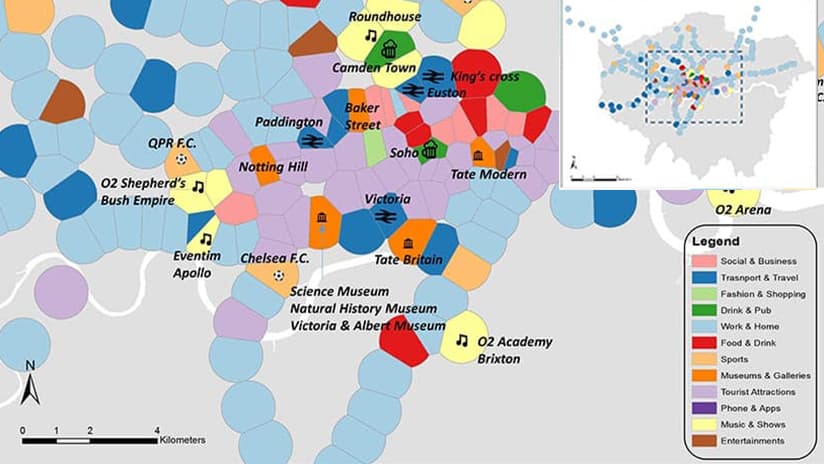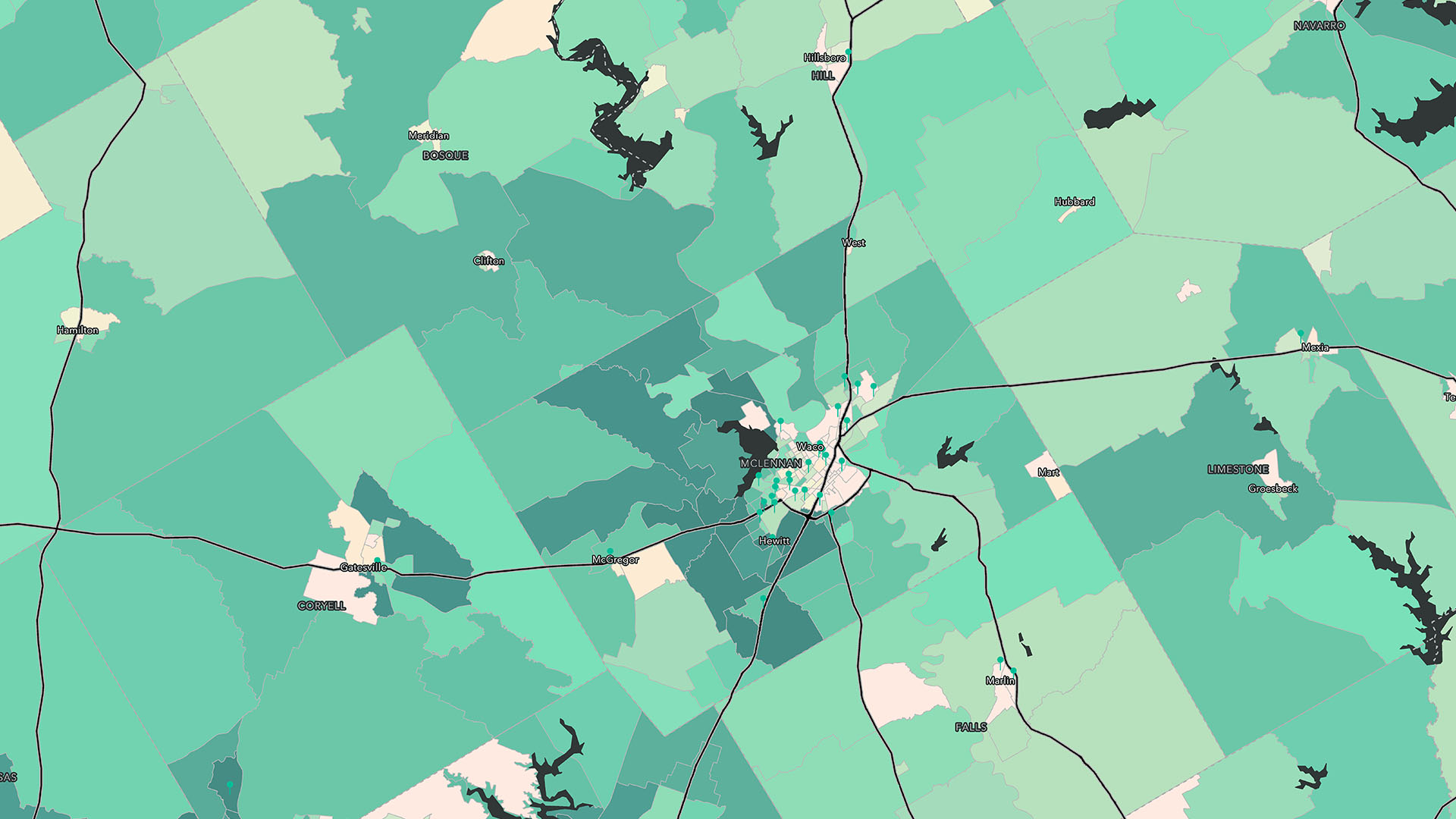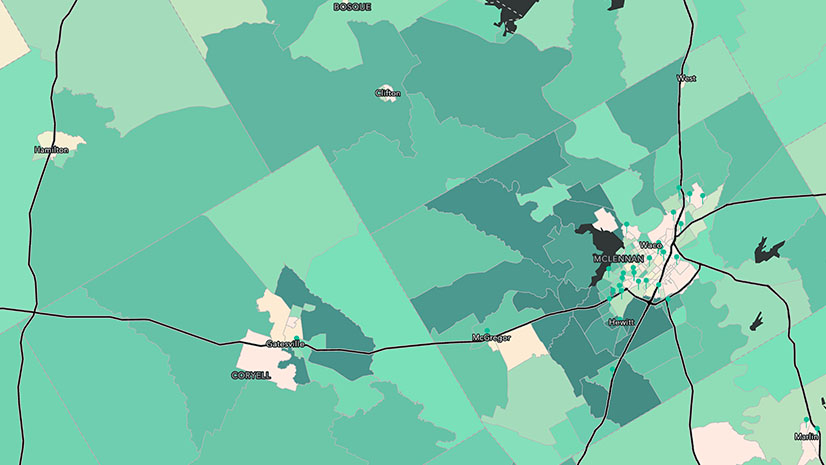What if an advertising executive could understand the lifestyle interests of people walking by a digital billboard—at any given moment? A recent study that combined big data analysis, social media posts, and advanced location intelligence suggests they can.
Out-of-home advertising allows marketers to position their message across a network of digital billboards, specifying the time and location for each ad. But there are few tools to help marketers precisely target such advertising to certain groups, particularly as the audience routinely changes throughout the day, week, and season.
Researchers at the SpaceTimeLab for Big Data Analytics at University College London may have just discovered a new tool. Their study, “Improved targeted outdoor advertising based on geotagged social media data,” details the mining of social media (Tweets, in this case) to explore the interests of travelers within the London Underground system.
Marketers May Have a New Location Intelligence Tool
More than 4 million passengers travel on the London Underground every day, and many of them Tweet during their travels (with the help of underground WiFi). Even more revealing, many geotag their Tweets, adding a time-stamped location to their postings. The researchers mined more than 3 million of those Tweets for keywords that revealed the sender’s interests.
As the study notes:
We have devised a methodology to quantify the topics written about in Tweets around each station within different weekly time periods and then compared the popularity of the topics across both time and space. The information can be used to determine the dominant interests (to guide advertising selection) for a particular location and time, or alternatively, identify the best locations and times for particular target audiences.
To accomplish this, the researchers grouped Tweets by topics of relevance to marketers. Next, the researchers looked at when and where those topics cropped up on the average weekday and weekend day.
“There are millions of social media posts and hundreds of underground stations,” Juntao Lai, lead author of the study, told WhereNext. “It’s an intensive task to analyze them individually. With GIS [geographic information system] techniques, these features can be easily linked and statistically analyzed.”
Moving Targets, Shifting Interests, and a Search for Precision
This map shows how GIS organized millions of posts into topic categories and locations. Transport and Travel topics are most abundant during weekday morning and evening rush hours. Sports are more popular on weekday evening and weekend afternoons, when most televised games are played. People in suburban areas were most interested in Work and Home topics.

In addition, the dominant topics around stations are often affiliated with local activities. This was true of the topics Museums and Galleries and Music and Shows, which appeared at stations associated with museums and music venues, respectively. The topics at most stations changed during the day, underlining the importance of time-based tracking for marketers.
The team at University College London suggested that deeper location intelligence could be derived from analyzing a broader set of big data and delving into more nuanced topics of interest:
As a concept, this work has demonstrated that it is indeed feasible to extract useful information on audiences across space and time from geotagged Twitter data. Larger data sets will enable analysts to devise a more comprehensive topic model. Real-time data and modelling techniques will also empower marketers to adapt to fluctuations that do not follow daily trends.
Traditional target marketing for out-of-home advertising combines footfall traffic counts with geodemographic information about the population living near a station. But as this study shows, social media data coupled with location intelligence provide a pulse of interests in a specific place at a particular time, and could become a critical element in measuring and improving the effectiveness of future out-of-home advertising.
Photo by Tomas Anton Escobar.











